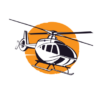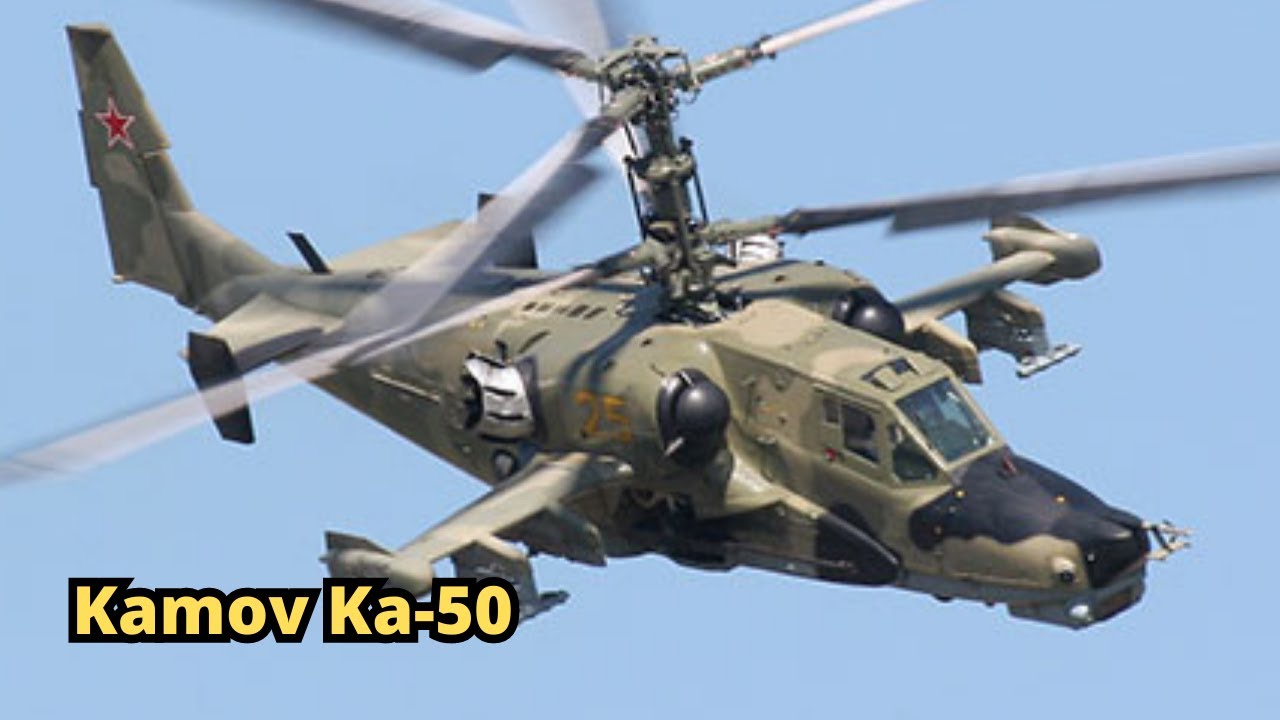Introduction to the Airbus Helicopters H160
The Airbus Helicopters H160 represents a significant leap forward in aviation technology, combining cutting-edge innovation with enhanced passenger comfort and safety. As the first of the H generation, the H160 is designed to redefine what a medium-sized helicopter can achieve. With its sleek design and advanced features, the H160 is engineered to meet the diverse needs of operators across various sectors, including offshore transportation, emergency medical services, business aviation, and public services.
One of the standout features of the H160 is its aerodynamic design, which is highlighted by the Blue Edge rotor blades. These blades significantly reduce sound levels and enhance performance, making the H160 one of the quietest helicopters in its class. The innovative sound-reducing technologies ensure a more pleasant experience for passengers and contribute to lower noise pollution in urban environments. Moreover, the helicopter’s composite airframe not only provides robustness but also contributes to fuel efficiency and reduced operational costs.
Inside, the H160 offers a spacious and comfortable cabin that can be configured to suit various mission profiles. The cabin is designed with passenger comfort in mind, featuring large windows for exceptional visibility and natural light. The interior can be customized with high-quality materials and configurations to match the luxury expected in business aviation or the practicality required for emergency medical services. The cockpit is equipped with the latest avionics, ensuring ease of operation and enhanced situational awareness for pilots.
The H160 also incorporates the Helionix avionics suite, which provides advanced safety features such as synthetic vision and automated systems for improved flight control. These technologies not only enhance operational safety but also reduce pilot workload, allowing for more efficient and secure operations. With its combination of performance, safety, and comfort, the Airbus Helicopters H160 sets a new standard for medium-sized helicopters, offering unparalleled versatility and reliability for a wide range of missions.
Design and Engineering Excellence of the H160
The Airbus H160 stands as a testament to innovative design and engineering prowess, setting new standards in the helicopter industry. The aircraft boasts a sleek, aerodynamic profile, which is not only visually striking but also enhances performance and efficiency. Its cutting-edge design reduces fuel consumption and ensures a quieter operation, making it an environmentally friendly choice. The H160’s unique Blue Edge rotor blades are a marvel of engineering, designed to reduce noise levels by up to 50% and increase lift capacity, ensuring a smoother and more efficient flight experience.
One of the standout features of the H160 is its advanced cockpit design, which incorporates the latest in avionics technology. The intuitive Helionix® avionics suite provides pilots with unparalleled situational awareness, reducing workload and enhancing safety. The cockpit is equipped with large, high-resolution displays that deliver real-time data and critical flight information at a glance. This state-of-the-art system ensures that pilots can focus more on the mission and less on manual controls, offering a seamless blend of technology and human interface.
In terms of engineering, the H160 is constructed using lightweight composite materials that contribute to its robust performance and durability. These materials not only enhance the helicopter’s strength but also contribute to its overall weight reduction, which in turn improves fuel efficiency and range. The modular design of the H160 allows for easy maintenance and adaptability, making it a versatile choice for a variety of missions, from emergency medical services to corporate transportation. With its combination of cutting-edge design and engineering, the H160 represents a new era of innovation in the rotorcraft industry.
Advanced Avionics and Safety Features
The aviation industry is continually evolving, with technology at the forefront of this evolution. Advanced avionics systems are now integral to modern aircraft, providing pilots with sophisticated tools to enhance situational awareness and improve decision-making processes. These systems include state-of-the-art navigation systems, digital communication tools, and comprehensive flight management systems that work in harmony to ensure a seamless flight experience. By utilizing cutting-edge technology, advanced avionics not only streamline operations but also significantly reduce the workload for pilots, allowing them to focus more on the safety and efficiency of the flight.
In addition to avionics, modern aircraft are equipped with enhanced safety features designed to protect both passengers and crew. These features range from collision avoidance systems to advanced weather detection technologies, ensuring that aircraft can navigate safely through various environmental conditions. Automatic Dependent Surveillance-Broadcast (ADS-B) is one such technology that has revolutionized air traffic management, providing real-time tracking of aircraft to prevent mid-air collisions. Furthermore, the implementation of predictive maintenance systems has enabled airlines to proactively address potential mechanical issues, minimizing the risk of in-flight malfunctions.
The integration of automated systems within the cockpit is another significant advancement in aviation safety. Autopilot systems, once limited to maintaining altitude and heading, have evolved into comprehensive flight automation systems capable of executing complex maneuvers and landings. Enhanced Ground Proximity Warning Systems (EGPWS) alert pilots to potential terrain conflicts, while Traffic Collision Avoidance Systems (TCAS) provide real-time advisories to prevent aircraft from entering unsafe proximities. These innovations not only enhance safety but also contribute to more efficient flight operations, reducing fuel consumption and emissions.
In summary, the synergy between advanced avionics and safety features represents a significant leap forward in aviation technology. As the industry continues to innovate, these advancements are expected to further enhance the safety, reliability, and efficiency of air travel, ensuring that both passengers and crew can enjoy a secure and comfortable journey.
Comfort and Versatility for Diverse Missions
In the ever-evolving landscape of mission-oriented operations, comfort and versatility have become paramount for ensuring the success and efficiency of diverse missions. Whether it involves military, humanitarian, or scientific endeavors, the need for adaptable and comfortable solutions cannot be overstated. The equipment and vehicles used in these missions must provide a balance between functionality and ease of use, allowing personnel to focus on their tasks without the distraction of discomfort or inadequate tools.
One of the key aspects of achieving comfort and versatility in mission-critical environments is the design of multi-functional equipment. Such equipment is engineered to meet the varied demands of different missions, offering flexibility in deployment and operation. For instance, modular vehicles and gear systems allow for rapid reconfiguration, ensuring that the same set of tools can be adapted to various scenarios. This not only enhances operational efficiency but also reduces the logistical burden of carrying multiple sets of equipment for different purposes.
Moreover, the emphasis on ergonomic design in mission equipment cannot be ignored. Ergonomically designed gear ensures that personnel can operate efficiently over extended periods without the strain or fatigue that often accompanies poorly designed equipment. This includes everything from seating and control layouts in vehicles to the weight distribution and accessibility of wearable gear. By prioritizing comfort, mission teams can maintain high levels of performance and readiness, even in challenging conditions.
Ultimately, the fusion of comfort and versatility in mission equipment is a game-changer for diverse operations. It empowers teams to perform at their best, regardless of the mission type or environment, by providing the tools and conditions necessary for success. As mission requirements continue to evolve, the demand for innovative solutions that prioritize both comfort and versatility will only grow, driving advancements in design and technology that benefit a wide range of operations.
Why Choose the Airbus Helicopters H160?
The Airbus Helicopters H160 is a game-changer in the aviation industry, offering a unique blend of innovation, efficiency, and safety. Designed with cutting-edge technology, the H160 stands out for its advanced aerodynamics and lightweight structure, which contribute to its remarkable fuel efficiency. This not only reduces operational costs but also minimizes the environmental footprint, making it an ideal choice for eco-conscious operators. The H160’s innovative Blue Edge rotor blades significantly reduce sound levels, providing a quieter and more comfortable experience for passengers and crew alike.
Safety is at the forefront of the H160’s design, with Airbus incorporating the latest in aviation technology to ensure the highest standards. The helicopter is equipped with the Helionix avionics suite, which enhances situational awareness and reduces pilot workload. Features such as automated engine management and intuitive flight controls allow for smoother operations and increased safety margins. The H160’s design also includes energy-absorbing seats and a crash-resistant fuel system, providing additional peace of mind for both operators and passengers.
Versatility is another compelling reason to choose the H160. This helicopter is designed to excel in a wide range of missions, from offshore transportation and emergency medical services to private and business aviation. The spacious cabin can be easily reconfigured to accommodate different mission profiles, ensuring that operators can adapt quickly to changing needs. With a maximum takeoff weight of 6,050 kg and a range of up to 850 km, the H160 is capable of handling demanding tasks while offering unparalleled comfort and performance.



